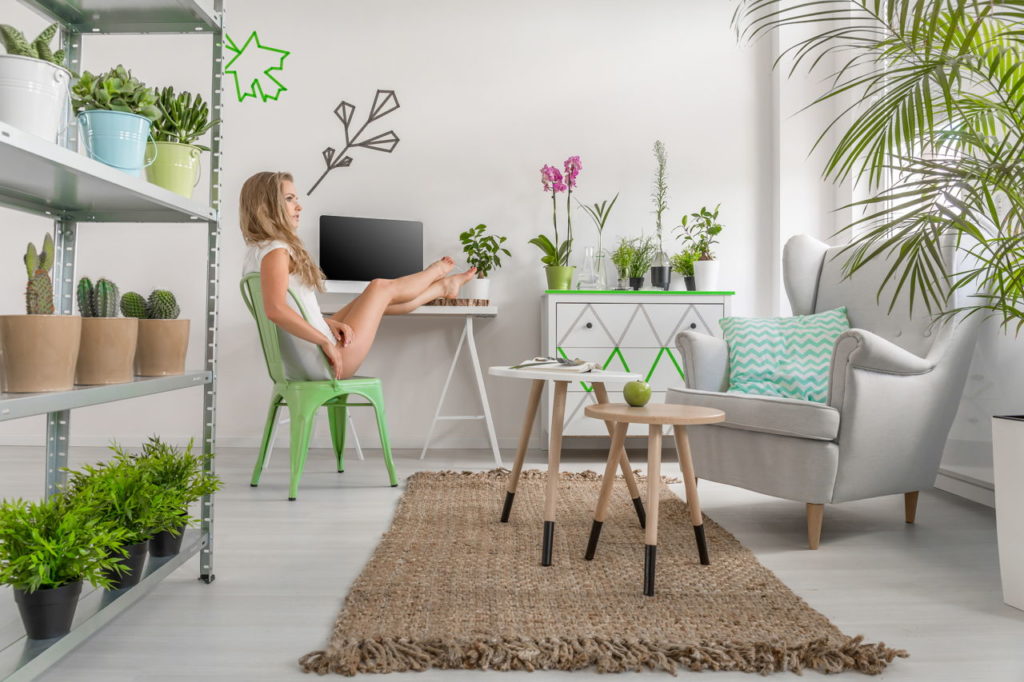Placing plants indoors not only beautifies the interior. The existence of green plants for example, many are placed indoors as antipolutan.
In order to keep the air in the room, even the growth of these plants needs attention. Do not let the purpose of placing plants in the room so that the quality of the air is cleaner and healthier, and the opposite happens.
For that, the following seven things need to be considered so that the plants in the room can grow properly.

1. Temperature
The types of plants recommended to be placed indoors do have a fairly high tolerance to temperature.
But keeping the temperature in the room to stay in the range of 22 degrees Celsius at night and 24 degrees Celsius at noon it is recommended that plants can continue to grow well.
If the room temperature is hotter than 24oC during the daytime as in the long dry season, opening the window can drain fresh air to cool the plants.
2. Water
Avoid giving water too often to plants placed indoors. Soil that is too wet makes the plant die quickly because of its rotting roots.
Just feel the soil in the pot to check the humidity. Water that is watered must also flow to the bottom because the roots of the plant will grow upward if moisture is only at the surface of the soil and will affect the beauty of the appearance of the plant.
3. Moisture
This one point is an important note for a room with air conditioner (AC). The use of air conditioning can reduce air humidity; one of them, can be seen from leaves that look wilted or turn brown.
Therefore, place a small container filled with water near the plant, or gravel soaked in water for example. Evaporating water will create moisture around the plant.
4. Light
We all know that plants will grow in the direction of sunlight. Therefore, by turning plants regularly can help form plants grow.
Plants also need to be brought outdoors occasionally at least once every two weeks. However, even though sunlight is very good for plant growth, avoid direct exposure such as placing it on the side of the window directly exposed to the sun.
Excessive exposure to direct sunlight can damage the beauty of leaves.
5. Fertilization
Perform simple fertilization for every two weeks. Use fertilizer to have nitrogen balance for stem and leaf growth.
Meanwhile, for roots to grow strong, phosphorus is needed. In order for plants to be strong and sturdy, pay attention to how high potassium is in the fertilizer content.
6. Pot
In addition to the choice of charming pots, the selection of containers for plants in the room also affects its growth. Replace pots regularly because plants cannot grow forever in the same pot.
The new pot must also be larger than the previous one because of the need for more space for the roots especially. Don’t just be beautiful, the pot must also have a drainage hole at the bottom.
Plastic and clay pots are also good to use because they can keep the soil inert for longer.
7. Pruning
Trimming is not only useful so that the appearance of the plant remains beautiful and ideal. Pruning is also useful for plant health; like getting rid of sick parts of the plant so that other parts are not damaged.